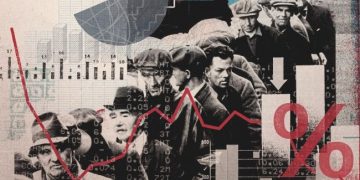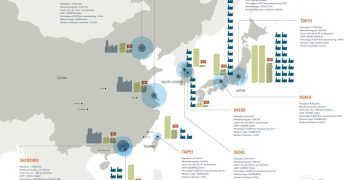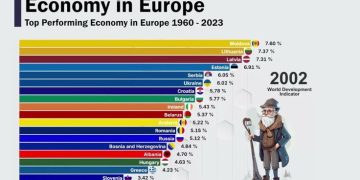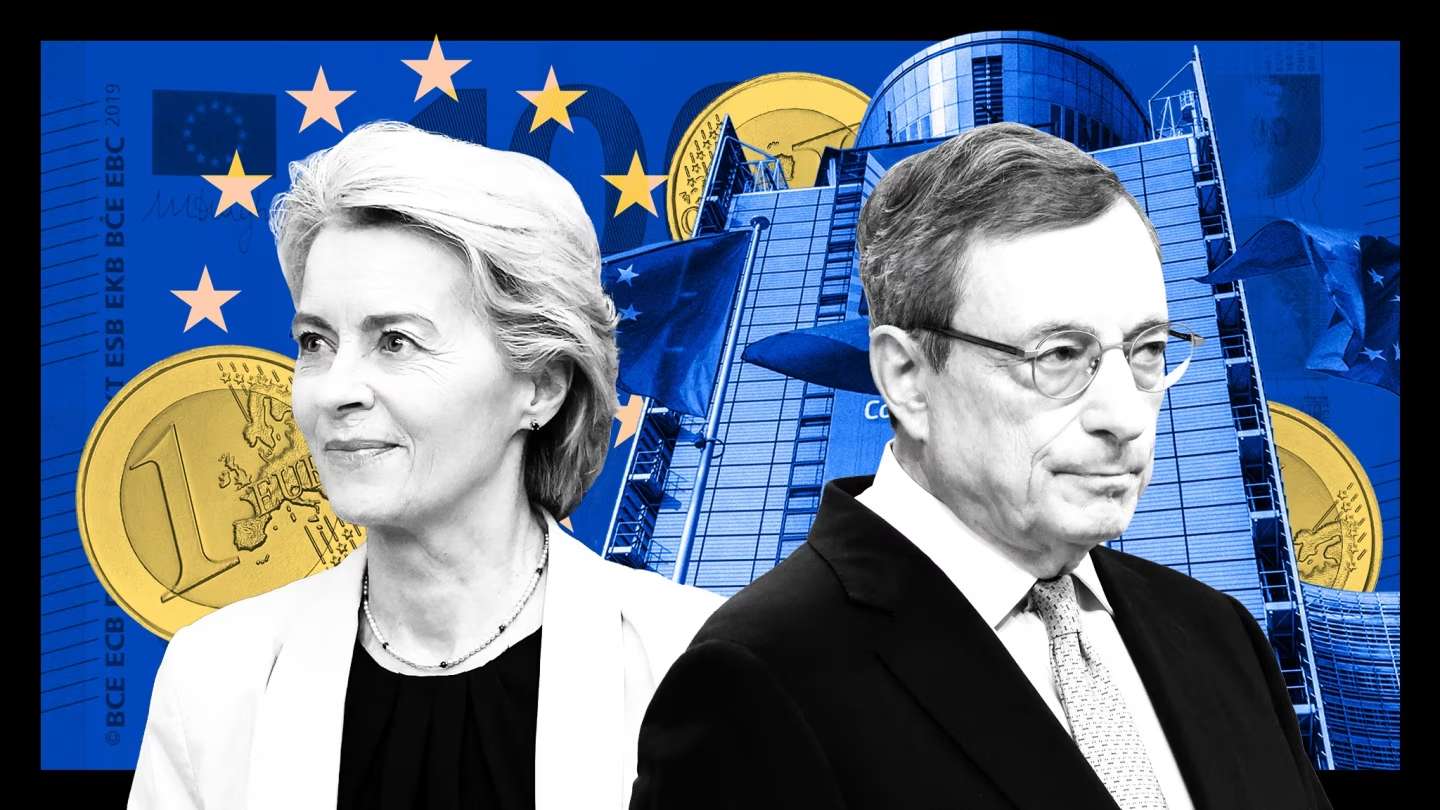As we reported last month, with the Fed not moving and Asian central banks afraid to move, European central banks are likely to be at the forefront of this week’s rate cuts by the world’s major central banks, and this week, this heralds a “watershed moment” for global monetary policy will undoubtedly come:
The European Central Bank is expected to cut interest rates by 25 basis points at its meeting on Thursday, and the market is almost full of expectations…
Many in the industry say the ECB could then open the door to a weaker euro, as its first rate cut of the cycle puts the region on a policy path at odds with the Fed’s. With Thursday’s quarter-point cut all but certain, officials will finally come to terms with a wider divergence in borrowing costs across the Atlantic that they have been discussing for months.
Policymakers at the European Central Bank, led by its president, Christine Lagarde, have recently insisted that they can go their own way with the Fed, even if doing so risks weakening the currency and causing a relapse in inflation.
At its April meeting, the ECB signalled greater confidence that inflation was on track to meet its target and opened the door to a rate cut at its upcoming June meeting. Since then, a series of comments from ECB policymakers have also underscored their intention to cut rates soon, with Ms Lagarde recently repeatedly saying a June cut was “highly likely”.
The interest rate swap market is pricing in as much as a 97 per cent chance that the ECB will cut rates this week.
With a rate cut almost certain, the ECB’s views on the direction of interest rates in the second half of the year will undoubtedly be the focus of many market participants this week. The ECB’s monetary policy statement and any forward guidance from Lagarde at the press conference will be closely watched for clues on the future path of rate cuts. The ECB’s upcoming meeting will also provide updated economic forecasts on growth and inflation, which will be scrutinized for hints of future policy intentions.

For now, ECB policymakers are likely to stick to their usual data-dependent stance, waiting for upcoming economic data to provide more clues and to see when the Fed might make its first rate move, industry insiders said.
In his latest speech on Friday, Bank of Italy Governor Fabio Panetta acknowledged that cutting borrowing costs posed a currency risk to prices, but added that tightening in the United States would also hurt global demand, helping to curb inflation in the euro zone.
Data on Friday showed euro zone CPI unexpectedly rose to 2.6% in May from 2.4% in the previous month, underscoring the uncertainty the ECB still faces in achieving its goal of full price control. Investors are now betting that the ECB will cut interest rates at least once more this year after June.
A watershed moment for global monetary policy has arrived
In any case, the most obvious global macro impact of this week’s ECB rate cut is that it signals a watershed moment for monetary policy, with interest rate policies across the developed world diverging in ways that would have been considered highly unlikely just a few months ago.
In addition to the ECB, the Bank of Canada is expected to cut interest rates on Wednesday, while Denmark’s central bank is likely to follow suit hours after the ECB’s decision is announced. Indeed, a global divergence in policy rates has already begun, with central banks in the Czech Republic, Hungary, Sweden, and Switzerland cutting interest rates earlier this year.
Back in early 2024, markets had expected the Fed to lead a rate-cutting cycle early this year that they thought would cautiously spread to other advanced economies. But markets are now pricing in just one rate cut this year, rather than the six or seven expected at the start of the year, with European central banks cutting earlier and more aggressively than the Fed.
That could make policy differences with the Fed even bigger: the ECB started its rate-raising cycle later than the Fed and ended up raising rates by less than the Fed’s 525 basis points.
For now, the immediate implications of all this policy divergence and interest rate divergence are that the dollar’s global interest-rate advantage is likely to become more pronounced over the next few years, which may further sustain the dollar’s strength this summer. A growing number of global central banks are joining the rate-cutting bandwagon, which could give some boost to overall market risk appetite. But what this means for global markets in the long term is hard to say.
Mohamed El-Erian, chief economic adviser at Allianz, wrote over the weekend that the question may ultimately be the potential scope and extent of this divergence in policy between Europe and the US, and how it will affect the alignment between countries’ domestic economic priorities and avoiding adverse exchange rate movements.
Mr Erian argues that an excessive and persistent divergence in interest rates could weaken the euro to the point where the potential competitive advantage from a weaker currency would not compensate for the costs of higher imported inflation. In an election year, it could also fuel a protectionist tilt in the US that is already on the verge of intensifying. The combination could create the risk of financial instability, which in turn could amplify concerns about the economy.
However, Erian also said that it is difficult for the European and U.S. policy interest rate spreads to widen more than 50 to 100 basis points in the short term. Whether such interest-rate differentials are, in fact, sufficient to meet Europe’s domestic policy priorities remains an open question. But what is more certain is that the key to narrowing this divergence in the future will be in the hands of the Fed.
‘Except in times of severe crisis, the Fed has been keen to stress that its policy decisions depend only on domestic considerations,’ Mr. Erian noted. So we shouldn’t expect the Fed to change course just because of the policy dilemmas that Europe may face. But in Europe’s favour at the moment, the Fed has also recognised that over-reliance on data and strict adherence to its 2 per cent inflation target could unnecessarily increase the chances of a hard landing for the US economy; Moreover, in the event of such a hard landing, poor households and small businesses, which are already struggling, would be the hardest hit, particularly hard and long-lasting.
“An eventual Fed adjustment is something we can hope for, but not count on, and what we can expect is that Europe will see the limits of interest-rate divergence by the end of the year,” Mr Erian argues.
































